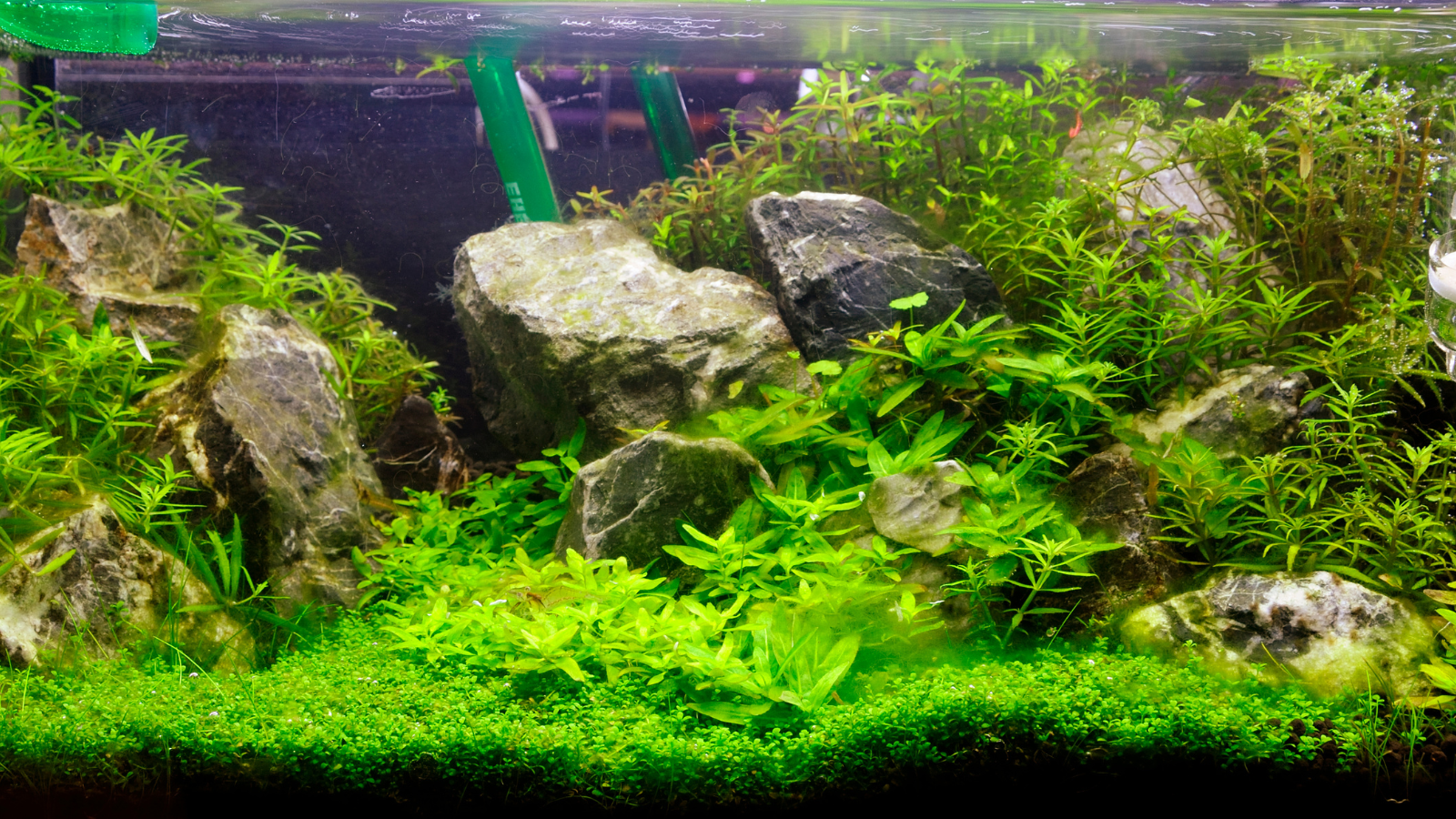
In home aquariums, we often struggle with all kinds of diseases in our inhabitants. The consequences are often the usage of medicinal products, losses in stocking and worse condition of the plants. According to the principle that prevention is better than cure, it is worth finding out what the term biosecurity is.
Biosecurity are practices and procedures aimed at preventing the introduction and spread of infectious diseases, bacteria, viruses, fungi, parasites, aquatic invasive crayfish, fish and crustaceans.
The basic principle of biosecurity is the disinfection of hands, equipment, animals and plants.
Disinfection is one of the methods of general prophylaxis in fish breeding, which consists in observing the rules of hygiene through the use of natural methods and the use of washing or biocides. Its task is to destroy microorganisms by acting on cellular structures or metabolic functions. The purpose of these treatments is to prevent the emergence and development of the disease. It can be carried out with the use of chemicals and physical methods such as: exposure to high temperature, ozone, exposure to ultraviolet rays, mechanical cleaning, drying, direct solar irradiation.
We should always disinfect our hands before starting work in our aquariums. Preferably using special alcoholic disinfectants.This applies in particular to anglers who may bring dangerous pathogens from the natural environment on their hands or under their fingernails. Aquarium equipment, such as nets used in another tank or filters or heaters, is best disinfected before use by scalding in boiling water. It should be remembered that we should use separate trimming tools for each of the aquariums in order to avoid the transfer of microorganisms. At home, it is best and cheapest to clean aquariums with a citric acid solution, which can be purchased at any grocery store. Citric acid must first be dissolved in hot water. Then spray the surface of the aquarium, scrub it mechanically and rinse thoroughly with water. In addition, citric acid is great at removing scale deposits.
If our budget allows us to do so, UV lamps are the best to disinfect the water. Many companies producing aquarium filters offer bucket filters with built-in lamps. By irradiation, they inactivate microorganisms in the flowing water.
Fish should be imported preferably from a trusted place from a trusted seller. Before introducing new specimens to the general aquarium, place them in a quarantine tank.
The period of quarantine is a minimum of 4 weeks. This is the time when most possible pathogens will make their presence known. It is important to observe the behavior of the charges. All disease symptoms, such as, for example: loss of color, rubbing against each other or the tank, accumulation at the surface or drain from the filter, impaired mobility, the appearance of white dots in the case of fish pox (Ichthyophthirius multifiliis) mean that we should not transfer individuals to the general tank. In this case, treatment should be started.
Plants are another disease carrier. When you buy or get plants from friends, you never know what's on them. Disinfecting the aquarium flora is not easy. Soft plant structures are quickly destroyed. One of the best ways to decontaminate vegetation is to use ozone. This method is not very advanced at home. The easiest solution is to rinse the plants thoroughly in a vessel with aquarium water and check for snails, eggs from other fish or crustaceans on the new decoration. Unfortunately, this is not a way to provide effective protection.
Great attention should also be paid to food. It should be properly matched to the nutritional needs of the fish, and also properly stored. When buying food, pay attention to whether the packaging is open, torn or dirty. Such ones shouldn’t be bought. Do not give food that is expired, discolored or has an altered appearance or smell. Do not buy food in advance. Remember that feeding the fish with expired fodder won’t save your money but will expose them to diseases and vitamin deficiencies. Keep food away from rodents, mice and their faeces, which carry many dangerous pathogens. In the case of live food, its origin is important because it is easily contaminated. Moreover do not overfeed the fish, it is better to starve it than to overfeed it. A one-day fast in the weekly feeding cycle cleanses the digestive system, prevents fatty degeneration of the organs and has a positive effect on the overall condition.
The water parameters are an important element in ensuring the welfare of the fish. It would be good if they were adapted to the animals we breed. Keeping fish in inappropriate conditions contributes to their shorter life, dwarfing, and a decrease in reproduction. By using water from the municipal water supply system, we are not exposed to attacks by harmful microorganisms. Reverse osmosis filters or rainwater are used to obtain the appropriate conditions.
Another aspect is the visiting guests. In order to ensure the safety of our aquarium, we should limit contact only to being admired by the viewers. Our task, as aquarists, is also to educate and familiarize all household members with the rules of biosecurity.
Applying the above principles should become a natural habit of every aquarist. Thanks to this, we will be able to enjoy our animals longer, their good condition and splendor, we will achieve greater and faster growth as well as better reproductive success.


